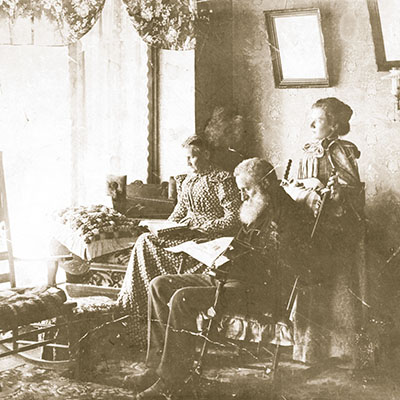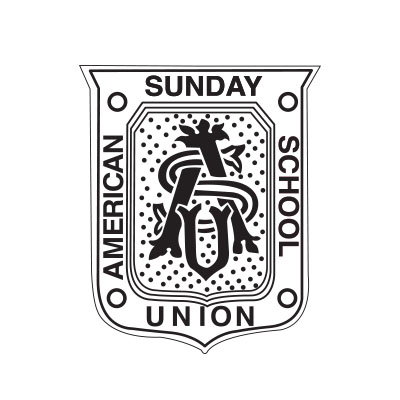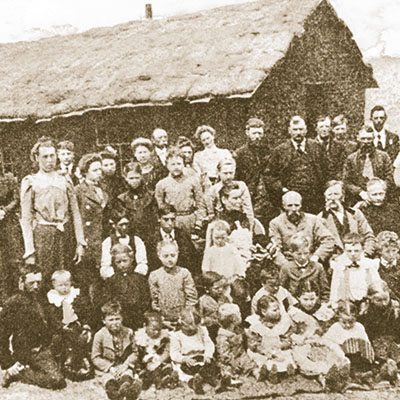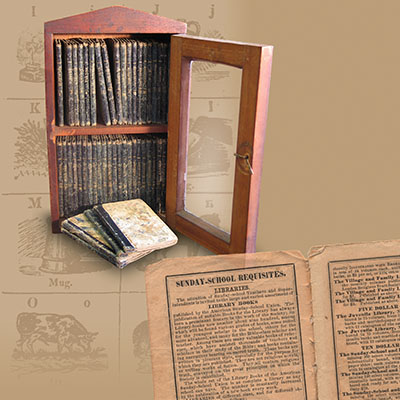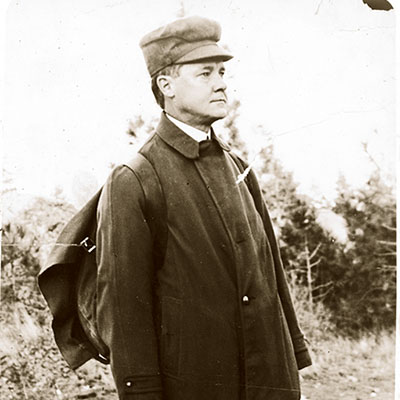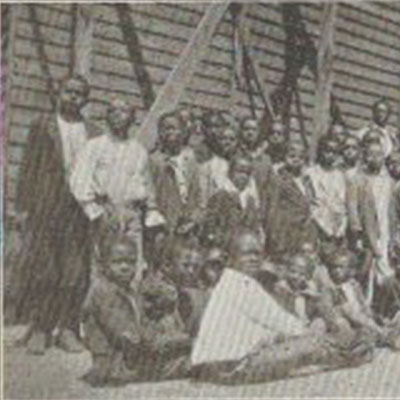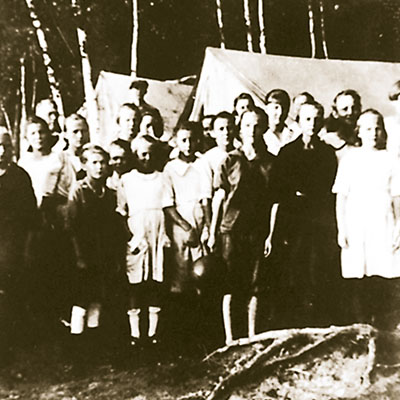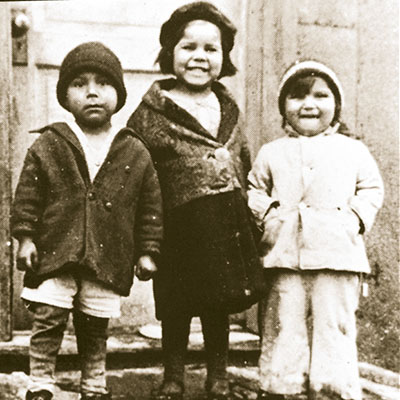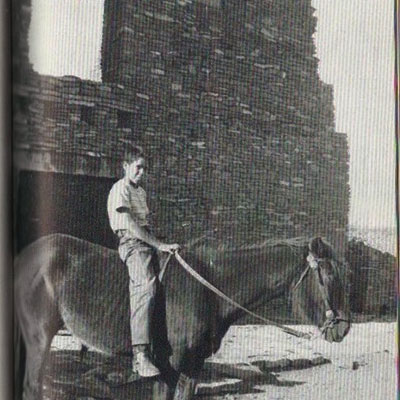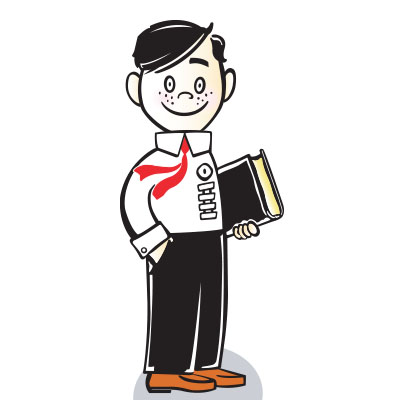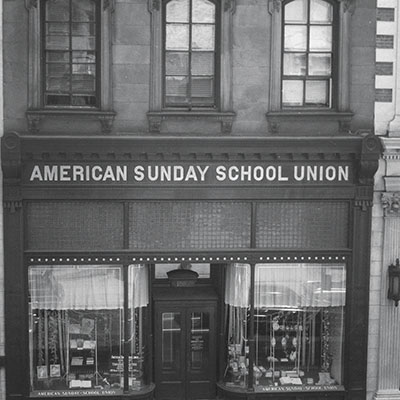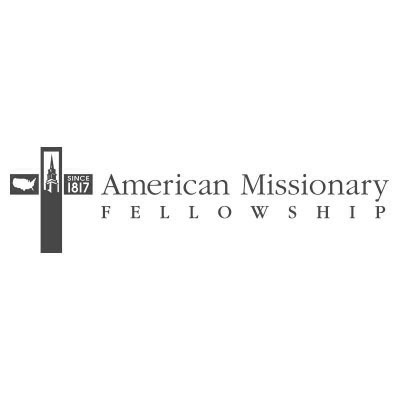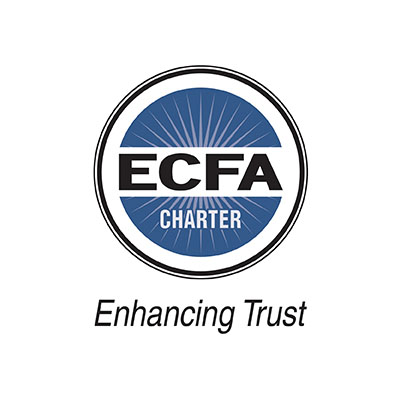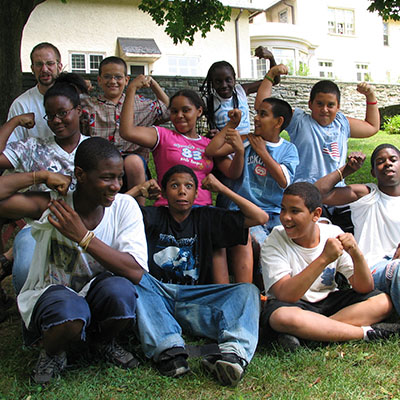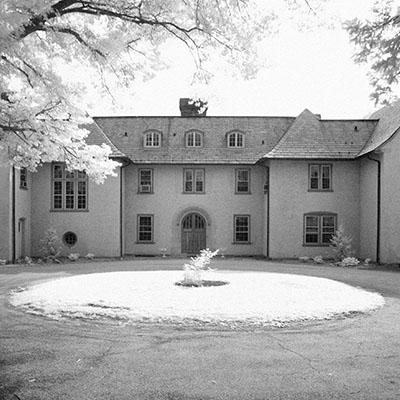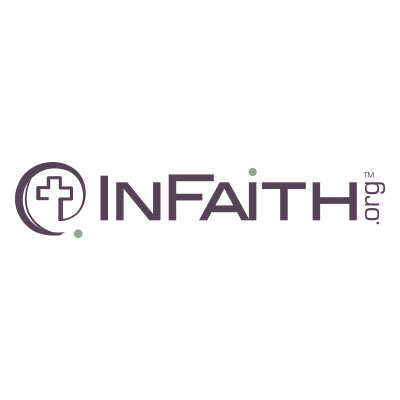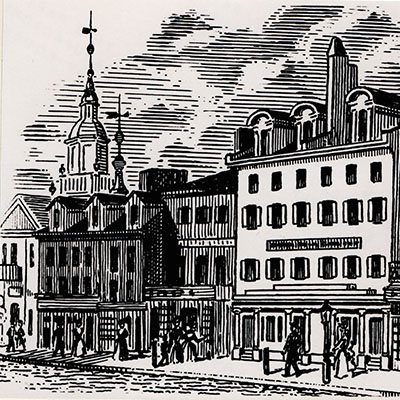
InFaith is moved by the call to reach locally and spread God’s kingdom right here in the United states–something we’ve been doing for the last 200 years.
Though we have roots going back to 1790, our organization was officially formed on May 13, 1817 and called itself the Sunday and Adult School Union. Through the years we've had several name changes from American Sunday School Union to American Missionary Fellowship, to our current name of InFaith. But through it all, we have been reaching locally here in the United States to teach the unchanging truth of God to an ever-changing culture.


